Professor Scott Schieman wrote an article in The Toronto Star, with University of Toronto undergraduate student Ryu Won Kang. The article The distracted worker is the greatest perceived threat to employers despite all the benefits of working from home looks at employers' concerns of increased distractions experienced by employees while working from home. To some employers, this concern can outweigh the perceived benefits of at home work including increased productivity, improved quality of work, and elevated satisfaction. Due to the COVID-19 pandemic, many employees continuing to work from home and the debate continues on what may change the workplace my face in a post-pandemic world.
Professor Schieman is the Canada Research Chair in the Social Contexts of Health, a Full Professor of Sociology at the University of Toronto, and Chair of the Department of Sociology, St. George Campus. His research focuses on work/stratification, the work-family interface, stress, and health.
We have posted an except of the story below. The full story is available on the Toronto Star website.
The distracted worker is the greatest perceived threat to employers despite all the benefits of working from home
By Scott Schieman
Contributors: Ryu Won KangSat., Sept. 12, 2020
A debate rages about what the work-home interface will (or should) look like in a post-pandemic world.
Will employers allow their workers to work from home more regularly when life gets back to “normal?” And, if so, what’s the sweet spot for working from home? Two days? Four?
While surveys show that 44 per cent of workers would prefer to work from home at least some of the time, employers need sustained convincing that the upsides of working from home outweigh the downsides.
Common narratives about the upsides identify a range of benefits including increased productivity, improved quality of work, and elevated satisfaction. As for the downsides, one of the greatest perceived threats is distraction.
A distraction can be anything that prevents someone from giving their full attention to something else. These days, undivided focus is more of a theoretical construct than a practical reality. Its importance is everywhere, within and outside work. A divided attention could beget trivial consequences from, say, scrolling through Instagram during a Zoom call, or fatal ones from texting while driving, for example.
As professional golfer Tom Kite observed, “You can always find a distraction if you’re looking for one.” Even when you aren’t looking, distractions inevitably pop up — they always have in the workplace. Chatty co-workers, the call from daycare. But employers feel more control over distractions when workers are physically at the office. You never know when the boss might catch you watching those puppy videos.
Employers understand the perils of distraction and its consequences. This is why one downside of working from home looms large: It presents opportunities for work-family multi-tasking. Employers know it as they too sometimes work from home, have competing work and family responsibilities, and engage in work- and family-related tasks while at home.


